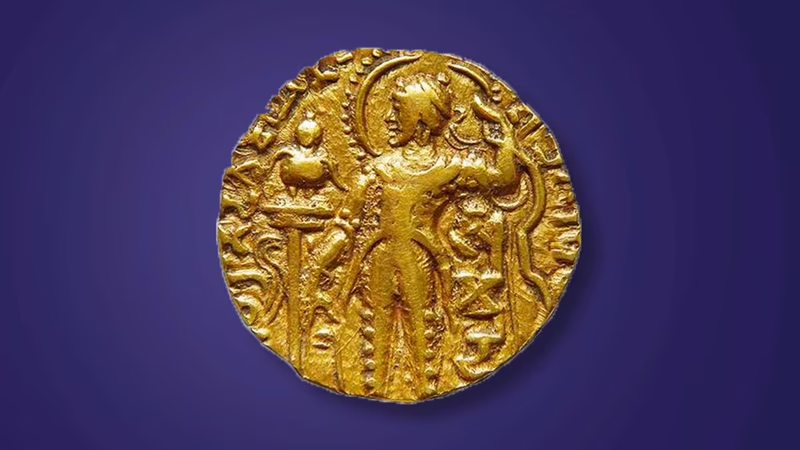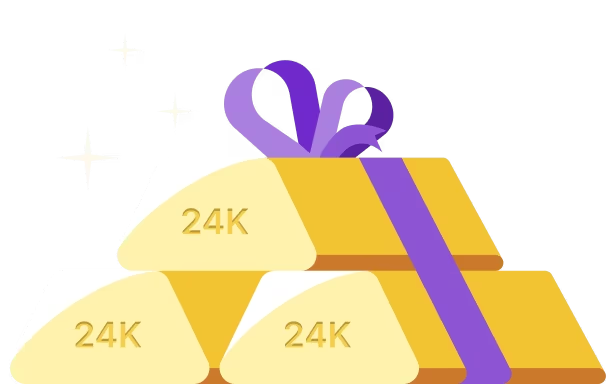‘’Old is Gold’’. You might have heard of this adage. But did you know that the reverse holds equally true? Gold is old.
In Indian culture, gold has special significance and is a revered asset that is used for religious celebrations in Temples.
Since time immemorial gold has been used as an ornament, considered a symbol of affluence and represented wealth in our Indian ethos.
Through the ages and over generations gold has been passed down as a valuable possession to be securely stored, gifted to near and dear ones and owned as a mark of opulence.
Let’s go back in time to understand the rich historical context behind gold in India.
The story of gold-past, present and future
Gold, a noble metal, is mentioned several times in our ancient sacred Vedic texts. ‘Hiranya’ is a Sanskrit term used in reference to gold.
The following are the ancient Indian religious texts and their respective period of origin that mentions gold:

The Rig Ved attributed to the period earlier than the 2nd millennia BCE, there are multiple references to gold as Hiranya-mani which translated into English means gem-studded gold ornaments.
Gold’s Diwali connection
In Indian tradition, positive qualities and divine attributes are associated with a distinct divine Personality.
The Sri Sukta, a hymn from the Rig Ved describes Devi Lakshmi as the Goddess of wealth and prosperity, shining resplendently with a golden hue and adorned with a brilliant golden necklace.
It is a custom to worship Lakshmi Devi as part of Lakshmi Puja on Diwali. The confluence of religious, cultural and historical perspectives reinforces the important role that gold plays in Indian society.
Additionally, an Indian wedding without gold is simply unimaginable. Almost every auspicious function involves the gifting of gold – as a hallmark of value, purity and good fortune.
Gold jewellery has been passed down through generations as a treasured family heirloom.
Antique value of gold
History too is witness to the deep-rooted preference for gold by Indians. Excavations at Harappa and Mohenjo-daro, unearthed from the Indus Valley period (2600-1900 BCE) point to the extensive use of gold jewellery.
The relics discovered date back to over 8000 years ago and include varied ornaments ranging from bracelets, necklaces, bangles, and more, as depicted below:
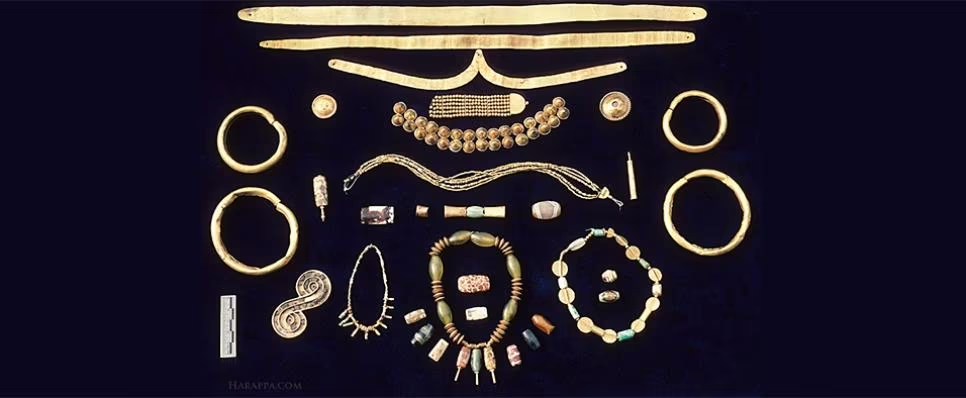
Well-known for its intricate designs and delicate patterns, Rajasthan’s Borla ornament is believed to have been inspired by the sheet gold forehead ornament from the Indus Valley times.
Silappadikaram, a popular Tamil epic belonging to the Sangam era (4th century BC to 2nd Century AD), elaborates upon golden jewellery embedded with precious stones and pearls.
Rock carved figures, statues made of metal and Temple Deities belonging to the 3rd century BCE have been found adorned with detailed gold jewellery.
Emergence of coins
Besides jewellery and sculptures, gold was also utilized as coins as a means to facilitate trade, commerce and business transactions, ever since the Vedic times.
India has a distinct reputation for being the first country to develop coins made of precious metals including gold. Kushan emperor Vima Kadphises introduced standardised gold coins in 100 AD.
The rulers of the Gupta empire (250AD), often called the Golden Age, are credited with lending a unique Indian touch to the coinage system by launching innovative styles and designs on the coins.
Even today, in Tamil culture, it is a popular custom to own necklaces made of gold coins also called Kasu Maalai.
Our Ancestors knew best
Besides meeting the demand side of gold, our ancestors were quite adept in the mining, extraction and refining of gold, contributing to the supply side also.
Early on, the Indian civilization developed different ways to refine gold such as:
- Refining of gold content with lead in a liquid state
- Refining of thin gold sheets by using salt and soil in the solid state
Kautilya’s famous Arthasastra dated 4th century BCE has references to gold refining both in molten and solid states. These refining processes have been described in detail in our Vedic literature.
Kautilya also reveals the gold ornament manufacturing process prevalent in India then, which was overseen by the royal goldsmith (sauvarnika), who would maintain a jewellery shop in the bazaar or market for citizens to purchase ornaments.
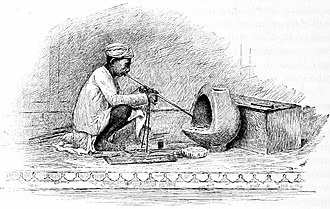
Sources of gold
During olden times as deciphered from ancient texts, As per ancient texts, there were three categories of gold deposits in olden times.
- Alluvial gold deposits – derived from the soil of river banks
- Vein Deposit – Derived from mountain rocks
- Liquid Ore – Derived from special liquids flowing through the crevices of certain mountain rocks, which contained gold in a dissolved form
- Gold dust- The Mahabharata mentions Pipilaka gold comprised of high purity and fine-sized gold powder
If pure gold is rated on a scale as being 1000, the fineness of alluvial placer gold varies between 500-900 and the purity of vein gold falls between 500-850.
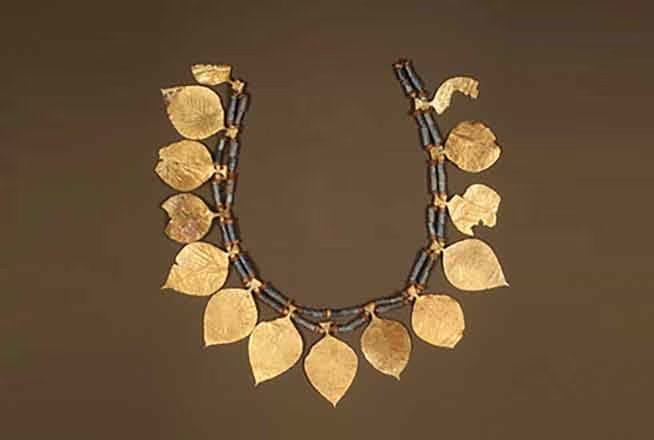
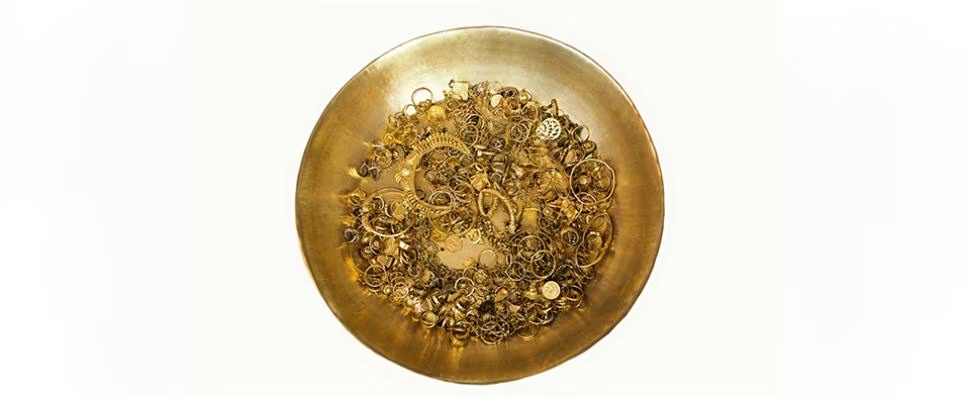
The diverse jewellery also highlights the craftsmanship skills of the then-present goldsmiths.
Where culture and gold go hand in hand
‘’India is the cradle of the human race, the birthplace of human speech, the mother of history, the grandmother of legend and the great-grandmother of tradition’’- Mark Twain, American author
With our country being the largest consumer of gold and the deep connection of gold with our ancestral roots, undoubtedly it can be concluded that the sheen of gold and its sheer fascination shines brightest in India.
Gold is intrinsically linked to India’s time-tested traditions and the daily lives of Indian citizens. A best of both worlds scenario: India- home to an ancient, culturally rich civilization and gold- a valuable metal that is as timeless as time itself.
About Jar App
Jar App is an automated savings app that enables savers to fruitfully channelise and securely invest spare change from online transactions into 24K Digital Gold in any denomination including fractional units, at any time and from anywhere.







